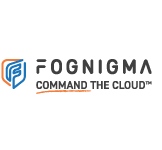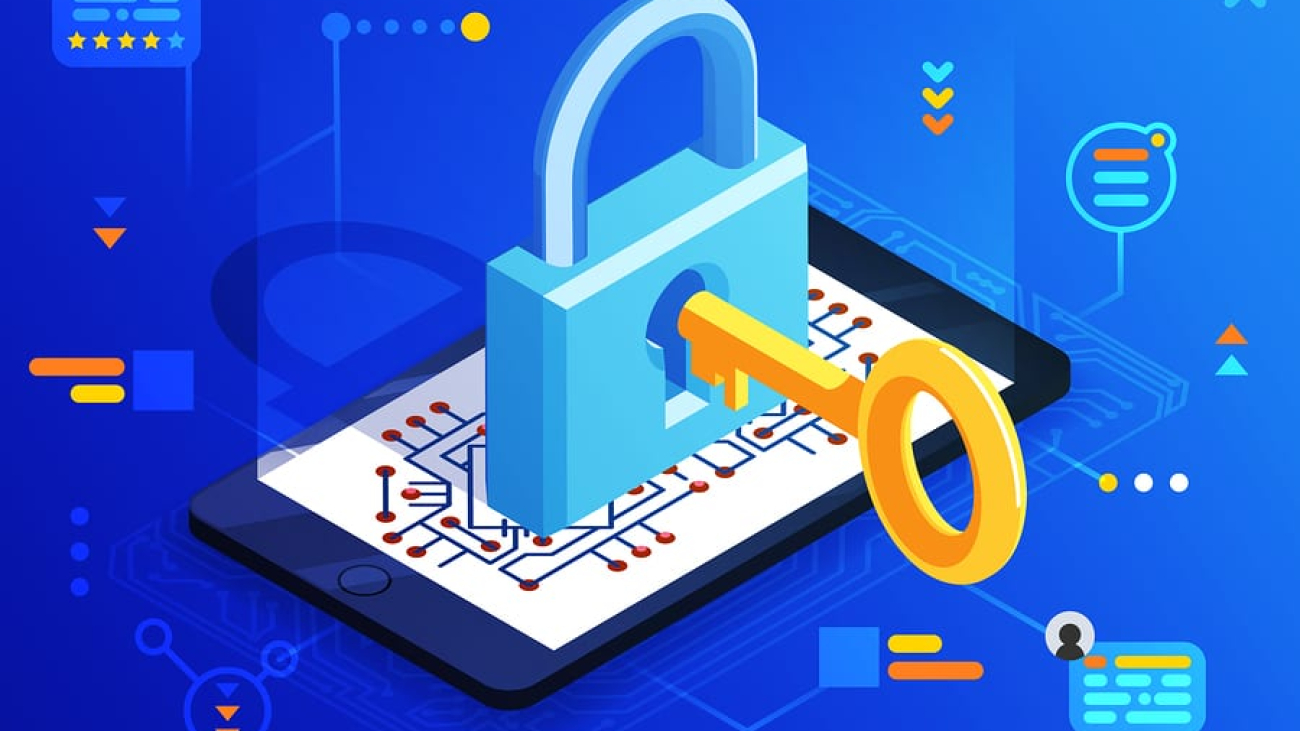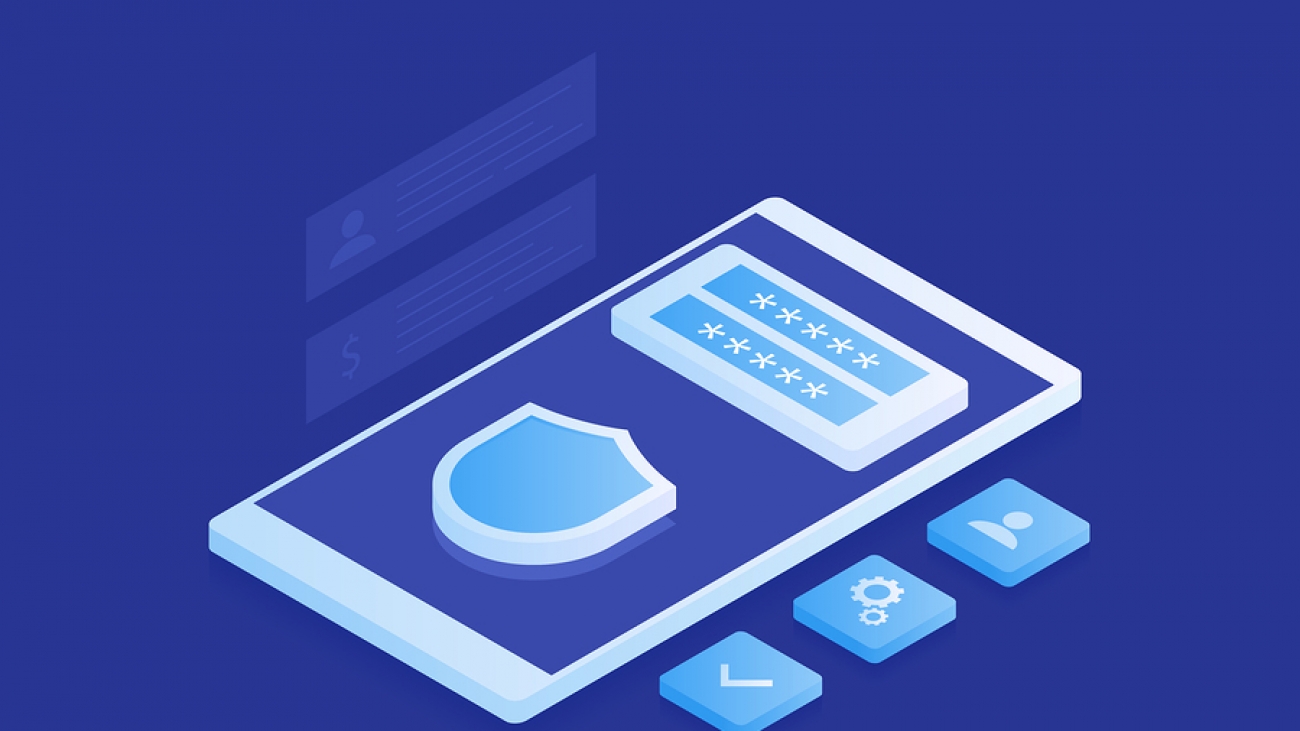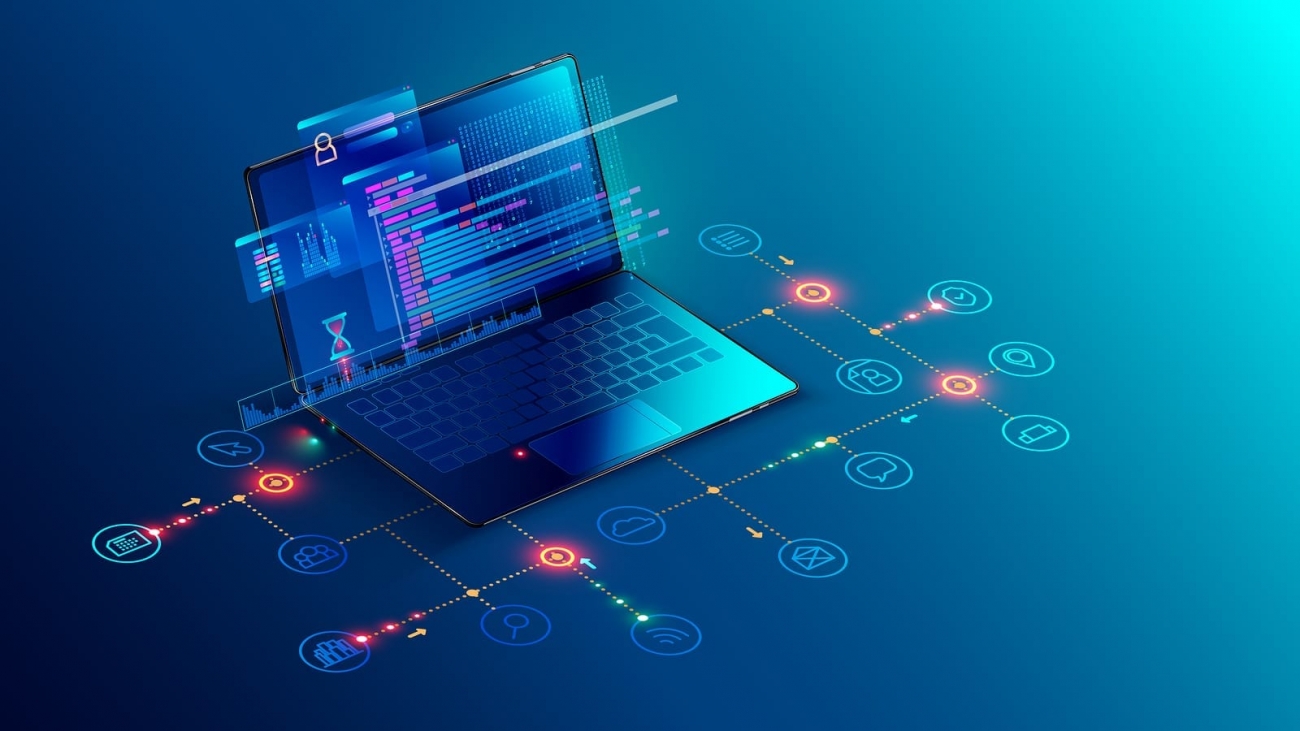
When the entire world shifted to remote working, many companies did not have bulk technology available to let their employees take home to continue doing their job. This forced many to enforce ‘bring your own device’ or in other terms, they had to let their employees use their personal devices to continue working from home. Although this may seem like a benefit, the cyber security challenges and privacy concerns of using personal devices will cost companies more in the long run.
The Risks Of Employees Bringing Their Own Devices
Data Leakage
When employees access company information using their personal devices, especially from anywhere, it increases the possibility of company data being leaked. Mobile devices are the most susceptible to attacks. Additionally, mobile devices and tablets require frequent updates to prevent security loopholes, and if one update is missed and an employee has company data on their device, your company’s data becomes extremely vulnerable.
Higher Chances of Vulnerabilities
When employees access data from their personal devices, its nearly impossible for companies to track what data is saved on their devices. With that, if any employee connects to a public or suspicious WiFi signal, loses their phone, or forgets to install an update, whatever company data is on that device is at risk.
Malware Infections
Employees are not as careful on their personal devices as they need to be. If any employee unintentionally downloads malicious malware on their device, which is connected to the rest of the company’s network, depending on what type of malware it is, it could end up connecting to other devices on your company’s network. This would allow unauthorized users to gain access to usernames, passwords, and sensitive data posing a huge security risk.
Protecting Your Network While Allowing Your Employees To Use Their Own Device
Limit Access
Giving employees access to everything in the company is a huge security vulnerability. Employees only need access to the stuff they need to do their jobs. To ensure your company’s network security, you need to implement role-based access into your cyber security strategy. This limits employees access to only systems and data required for their job roles.
Two Factor Authentication
Nowadays, both passwords and physical devices can be stolen, which is why many companies are implementing two-factor authentication on their employee’s accounts. Two-factor authentication requires users to have two pieces of information to confirm identities before accessing whatever account they are trying to login to. Most two-factor authentication processes have a strong password with a second factor like a code sent via text message or phone. This ensure safety because even if a password were hacked or a device was stolen, the criminal would need the second piece of information to gain access to the account.
Enable Network Access Controls
Network Access Control (NAC) only lets devices connect to a network that are up to date on their software. Devices that are not will be denied access. This will save your company from a significant amount of vulnerabilities.
Lost or Stolen Protocols
Having a policy in place regarding when a device is lost or stolen will safeguard your data that is stored on that device. Its important to be able to remotely wipe the data that is on the device so that unauthorized users cannot use the device to access corporate data.
A Trusted Software Solution
In a bring your own device world, companies need a solution that secures their data no matter where their employees work, and what they are working on. Fognigma’s trusted patented software solution lets organization’s build secure, invisible, adaptable, networks anywhere, on any device, in minutes. Inside a Fognigma Network, users can quickly and easily deploy end-to-end encrypted, traceless communication and collaboration tools such as messaging, video conferencing, file sharing, phone calling, and more. Through Fognigma’s user-friendly interface, office administrators can create and assign users groups, ensuring employees only have access to the resources needed to do their job. Using simple software or hardware, users can instantly secure their connections and safely access company information from anywhere on any device. At the end of the workday, Fognigma Networks and resources can be destroyed in just a few clicks, ready to be redeployed the next day.
Contact us for more information on how Fognigma can protect your company data, on any device!






 Artificial Intelligence
Artificial Intelligence 



